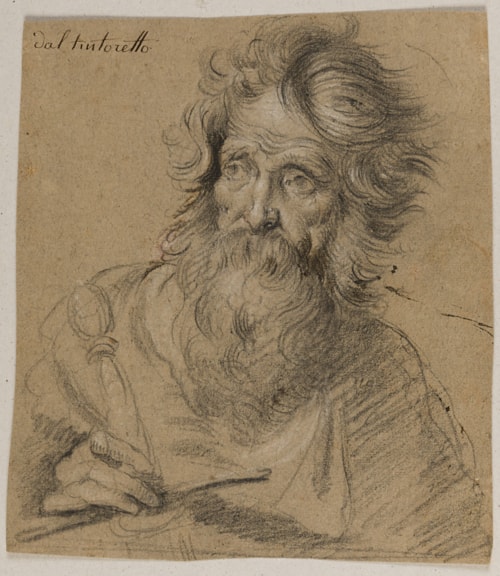
Bernardo STROZZI
Genoa 1582 - Venice 1644
Biography
Born Bernardo Pizzorno to humble parents, Bernardo Strozzi did not have a traditional apprenticeship as an artist, and studied only briefly with the minor Genoese painter Cesare Corte and the Sienese artist Pietro Sorri. He was ordained as a Capuchin monk about 1598, at the age of seventeen, and painted devotional pictures and altarpieces for his monastic community and others. After his father’s death around 1608, he received permission to leave the order to look after his mother and unmarried sister, although as a lay priest he retained the nicknames ‘Il Cappuccino’ or ‘Il Prete Genovese’ throughout his life. It was also around this time that he adopted the surname ‘Strozzi’. In 1610-1611 he undertook a trip to Milan, where he studied the work of such Lombard artists as Giovanni Battista Crespi, known as Il Cerano. Other influences on the young painter were the Sienese Barroccesque artists Ventura Salimbeni and Francesco Vanni, as well as Anthony Van Dyck, who worked in Genoa at various times between 1621 and 1627.
Strozzi developed a highly personal style as a painter, producing altarpieces, portraits and genre scenes. Among his important patrons were the collectors Marcantonio and Giovan Carlo Doria, from whom he received several significant commissions, notably the interior decoration of the Palazzo Doria in Genoa in 1618. Another Doria commission was for a ceiling fresco of The Vision of Saint Dominic for the Genoese church of San Domenico, executed between 1620 and 1622 and now destroyed. From 1623 to 1625, Strozzi worked concurrently on the fresco decoration of the Palazzo Nicolosio Lomellino in Genoa and at the Villa Centurione at Samperdarena.
After about two decades in Genoa, Strozzi spent the last part of his career in Venice, where he settled around 1633 to avoid having to return to the Capuchin order, and where he was known as ‘Il prete Genovese’ (‘the Genoese priest’). In Venice he gained fame as a painter of religious subjects and, in particular, as a portraitist. Among his important commissions were paintings for the church of San Niccolò da Tolentino and the Biblioteca Marciana. He also painted a ceiling fresco for the Venetian church of the Ospedale degli Incurabili in 1635, much of which is now lost. An exuberant colourist, Strozzi reveled in the application of paint, often applied with a thick impasto, and his bold handling was to influence later generations of Venetian painters.
Strozzi’s idiosyncratic manner is as readily evident in his drawings as in his paintings. The majority of the artist’s surviving drawings, which number less than a hundred sheets, are studies of heads, limbs or hands, drawn in black (and sometimes red) chalk, and often on toned paper. (There are, however, relatively few extant compositional drawings by the artist.) Most of his drawings can be related to finished paintings, and he appears not to have produced finished drawings for sale to collectors.


